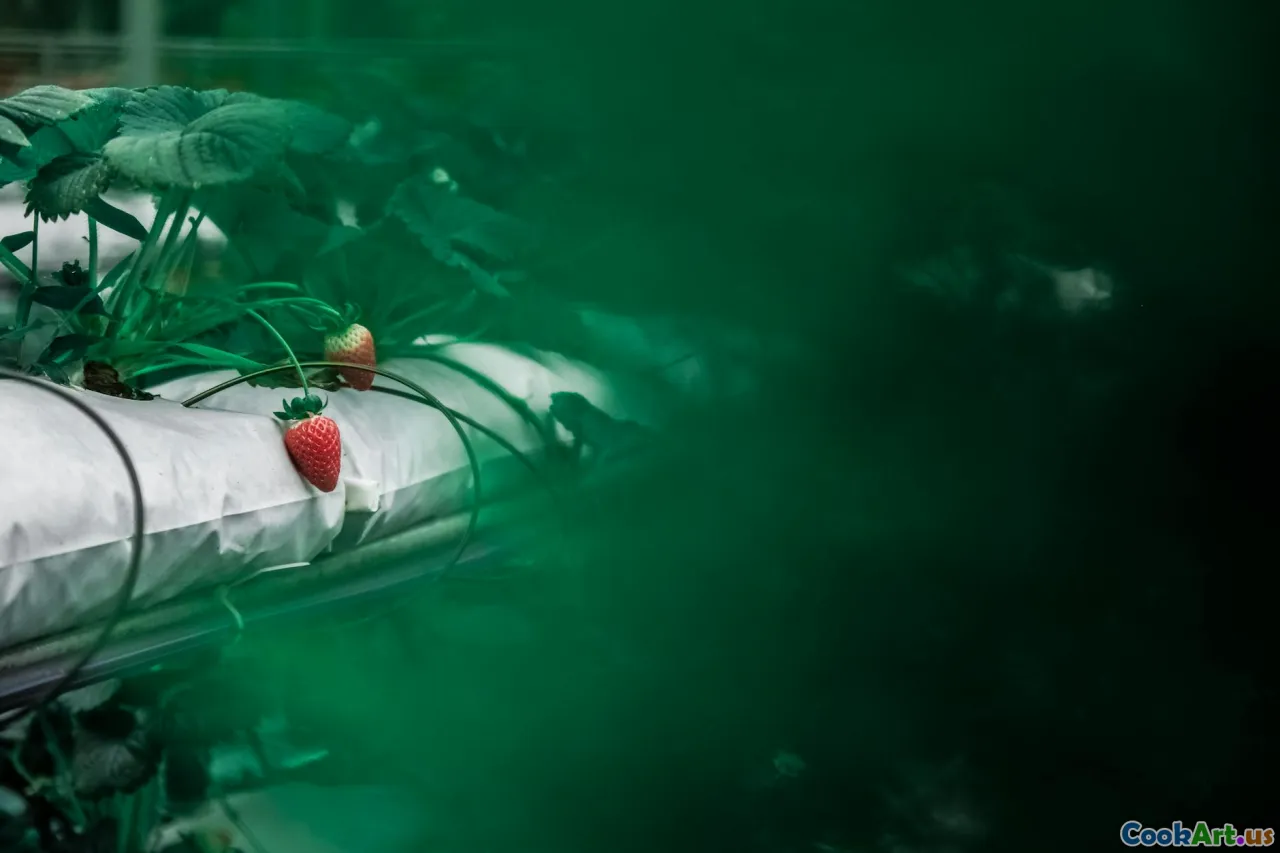Aquaponics: The Ultimate Food Synergy
5 min read Explore how aquaponics combines fish and plant farming for sustainable food production. April 14, 2025 01:45
Aquaponics: The Ultimate Food Synergy
Aquaponics is emerging as one of the most innovative and sustainable practices in modern food production. By combining aquaculture (the farming of fish) and hydroponics (the cultivation of plants in water), aquaponics creates a unique ecosystem that benefits both fish and plants, resulting in a symbiotic relationship that maximizes resource efficiency. In this article, we’ll dive deep into the principles of aquaponics, its benefits, challenges, and the future of this revolutionary farming method.
What is Aquaponics?
Aquaponics is a system that integrates aquaculture and hydroponics into a single, closed-loop ecosystem. In an aquaponics farm, fish waste provides an organic nutrient source for the plants, while the plants help filter and purify the water for the fish. This circular system allows for sustainable food production with minimal environmental impact.
How Does It Work?
The aquaponics system operates on a simple yet effective principle:
- Fish Waste Production: Fish are raised in tanks, producing waste that is high in ammonia.
- Nitrification Process: Beneficial bacteria convert ammonia into nitrites and then into nitrates, which are less toxic and serve as nutrients for plants.
- Plant Growth: The plants absorb these nutrients from the water, which cleans and oxygenates the water for the fish.
- Water Recirculation: The clean water is then returned to the fish tanks, completing the cycle.
Benefits of Aquaponics
- Sustainable: Aquaponics uses up to 90% less water than traditional farming methods.
- No Need for Chemical Fertilizers: The natural nutrient cycle eliminates the need for synthetic fertilizers, making the produce more organic.
- Space Efficient: Aquaponics systems can be set up vertically, making them ideal for urban environments where space is limited.
- Biodiversity: The system can support a variety of fish and plant species, promoting biodiversity.
Challenges in Aquaponics
While aquaponics presents a myriad of benefits, it also faces challenges:
- Initial Setup Costs: The cost of establishing an aquaponics system can be high, which may deter potential farmers.
- Technical Knowledge: Successful aquaponics requires knowledge of both aquaculture and hydroponics, which can be complex.
- Pest Management: Managing pests and diseases in a closed-loop system can be challenging without the use of chemical pesticides.
The Future of Aquaponics
As the global population continues to rise and the demand for food increases, aquaponics presents a viable solution for sustainable food production. Advances in technology, such as automated systems and artificial intelligence, are making aquaponics more efficient and easier to manage. Additionally, aquaponics could play a crucial role in urban farming, helping cities produce fresh food locally and reducing the carbon footprint associated with food transport.
Conclusion
Aquaponics stands at the forefront of food innovation, offering a sustainable and efficient method of producing food. By harnessing the power of nature’s cycles, aquaponics not only provides a reliable source of fresh produce and fish but also contributes to environmental preservation. As we look to the future, embracing techniques like aquaponics could be essential in achieving food security and sustainability in an ever-changing world.









